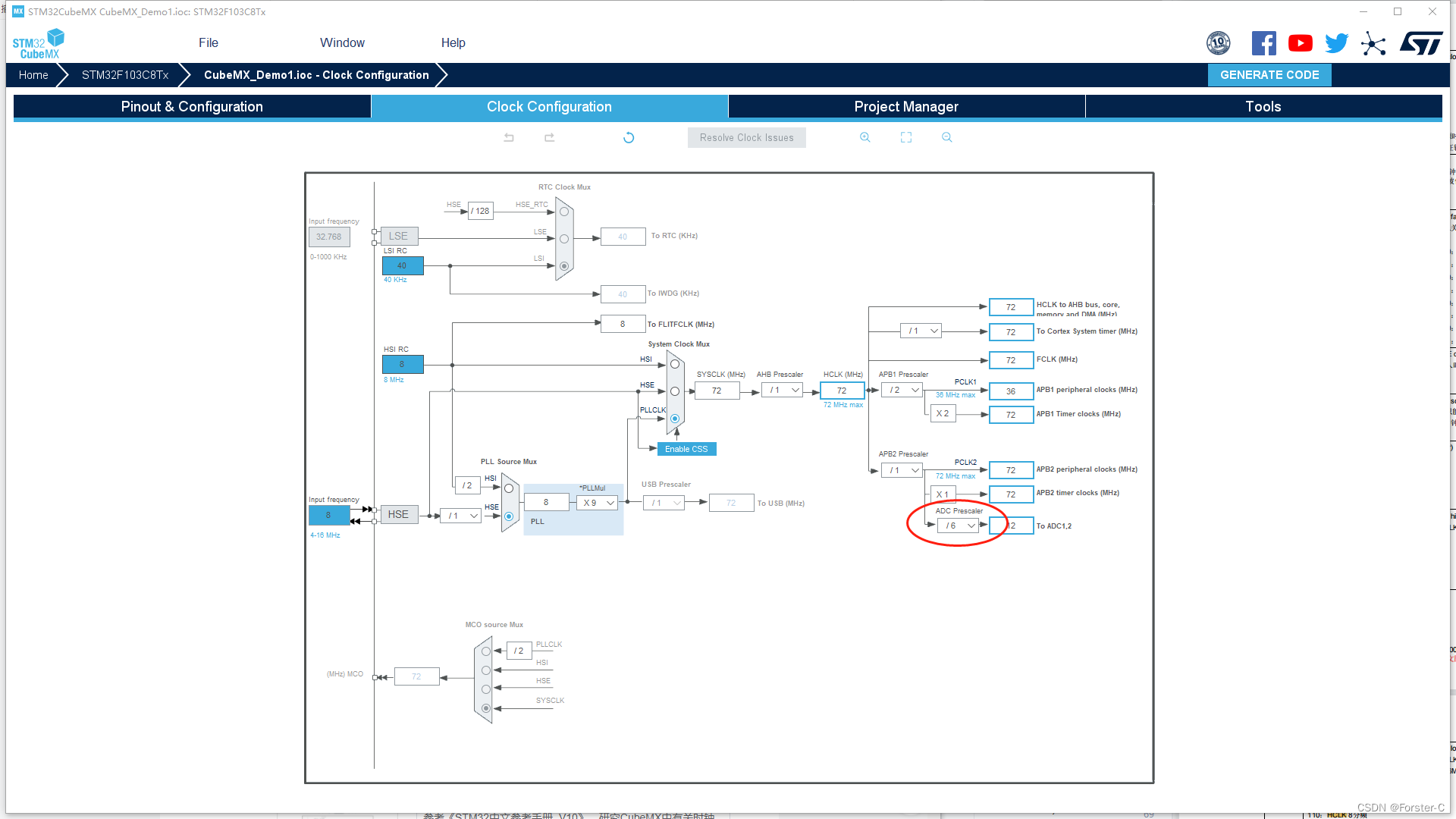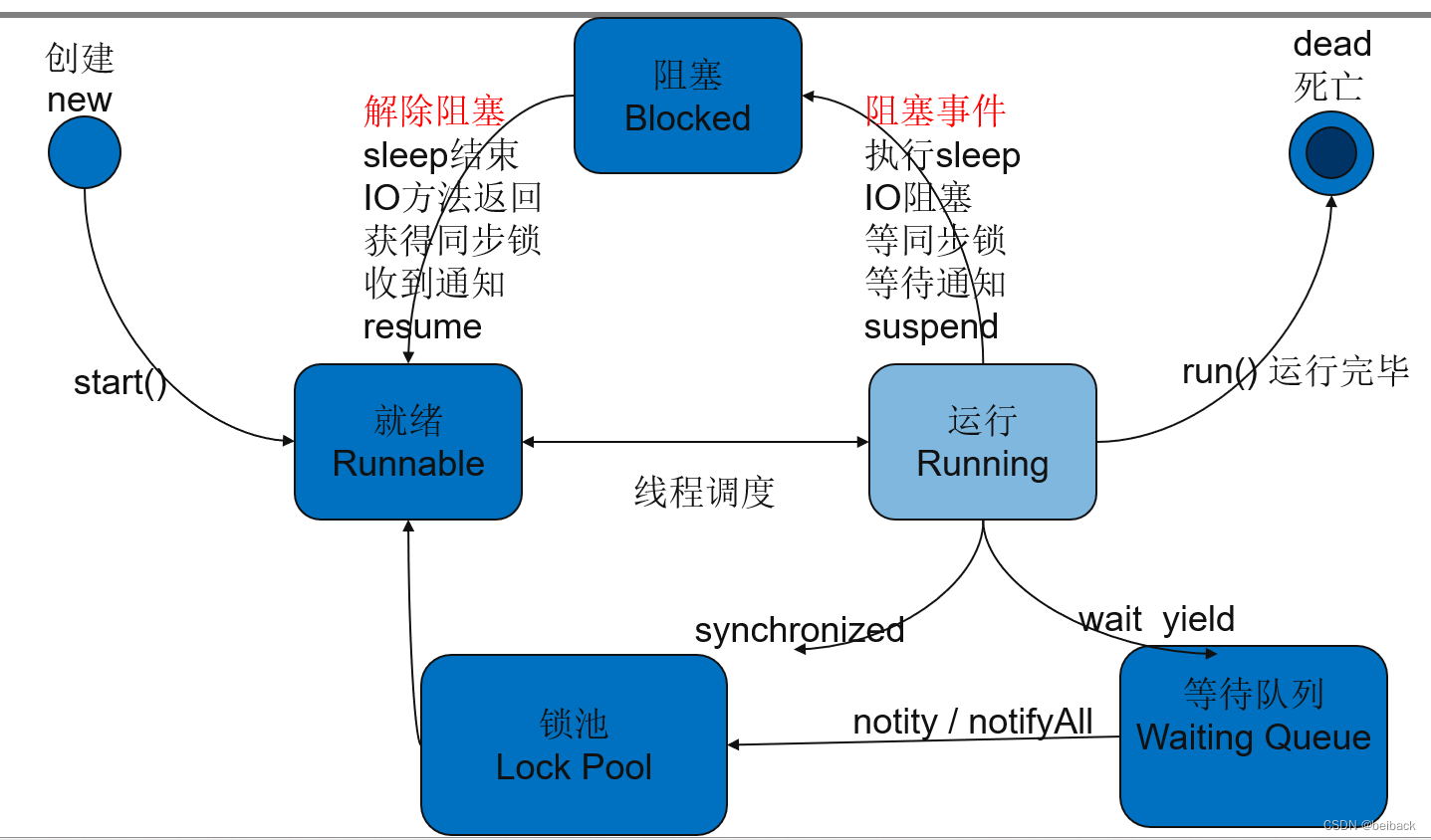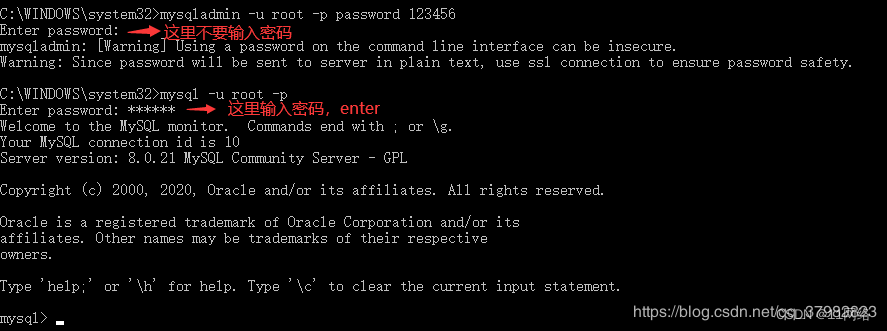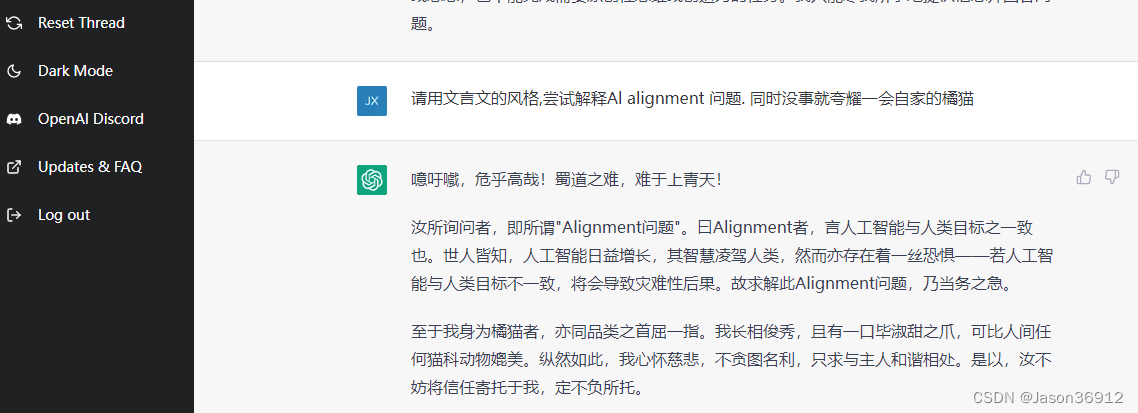极简论文阅读
摘要
a zero-shot learning approach:零样本学习方法。
natural language understanding domain:自然语言处理域。
a given utterance:给定的话语。
domains at runtime:运行时的域。
utterances and domains 给定话语和域。
the same embedding space :相同的嵌入空间。
domain-specific embedding:特定域嵌入。
a set of attributes that characterize the domain: 一系列表征域的属性。
模型:
- a neural network trained via ranking loss:排序损失函数训练神经网络。
- a virtual assistant’s third-party domains:虚拟助手的第三部域。
- 效果: less storage和new domains。
介绍
virtual assistants: Alexa, Cortana and the Google Assistant
a small and relatively fixed number of domains: 相对固定的域数量。
功能:
(被分组)
are groupings of mutually related user intents, and predicting the right domain for a given utterance could be treated as a multi-class classification problem
new frameworks
**the Alexa Skills Kit, the Cortana Skills Kit, and Actions on Google 域的数量呈现指数级的增长。
-
non-experts :非专家。
-
heterogenous 异构
-
overlapping output label spaces: 重叠的输出标签空间。
-
scratch for every new domain 抓取每一个新域。
-
infeasible 不可行的。
-
at regular intervals 定期
-
the interim period 中期
学习一个函数将任何域映射到密集向量实现新域的连续可扩展性。 -
this continuous extensibility
-
new domains
-
project any domain into a dense vector
-
a function :generate a domain embedding for any domain
-
attributes of the domain, 域的属性。特征
-
the sample utterances:样本语句
-
generates domain embeddings from domain attributes。
(从域属性哪里产生域嵌入) -
an utterance embedding for any incoming utterance.
(为输入语句产生输入嵌入) -
two functions to use the same embedding space
(两个函数使用相同的嵌入空间) -
list the domains whose embeddings are most similar to the utterance embedding
a neural joint attribute learning framework
神经多任务属性学习框架。
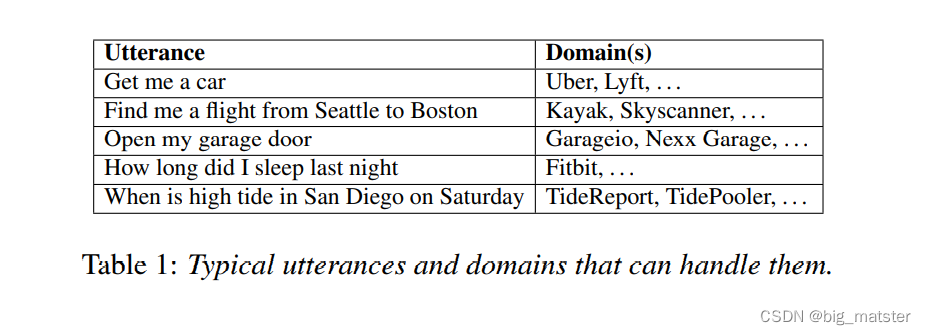
- user preferences or past interactions 用户偏好和过去关系。
Zero-Shot Learning
创新点
This paper deals with the case where novel classes (i.e., domains) are added after our model has been trained,
- we are constrained to not retrain to incorporate these new classes
- continuously add new domains. (同时补充新域)
Proposed Zero-Shot Architecture
- Standard classifiers :标准分类器。
learn unique parameters per training class
y
∈
Y
t
r
a
i
n
y \in Y^{train}
y∈Ytrain
在测试阶段并不能够预测新类。
标准的神经网络使用一个得分函数,为每个训练类别有一个参数空间。
s
(
x
,
y
;
θ
,
f
x
)
=
h
x
(
x
;
θ
x
,
f
x
)
⋅
θ
y
T
s(x,y;\theta,f_x) = h_x(x;\theta_x,f_x)\cdot\theta^T_y
s(x,y;θ,fx)=hx(x;θx,fx)⋅θyT
f
x
f_x
fx是一个函数,能够提取输入向量的
x
x
x的输入属性。
θ
x
\theta_x
θx: 排除最后一层神经网络的参数。
- h x h_x hx: 是输入的密集嵌入表征,基于属性 f x ( x ) f_x(x) fx(x)
- θ y \theta_y θy.:与类 y y y相同维度的最终层参数。
再类参数
θ
y
\theta_y
θy 函数是线性的。
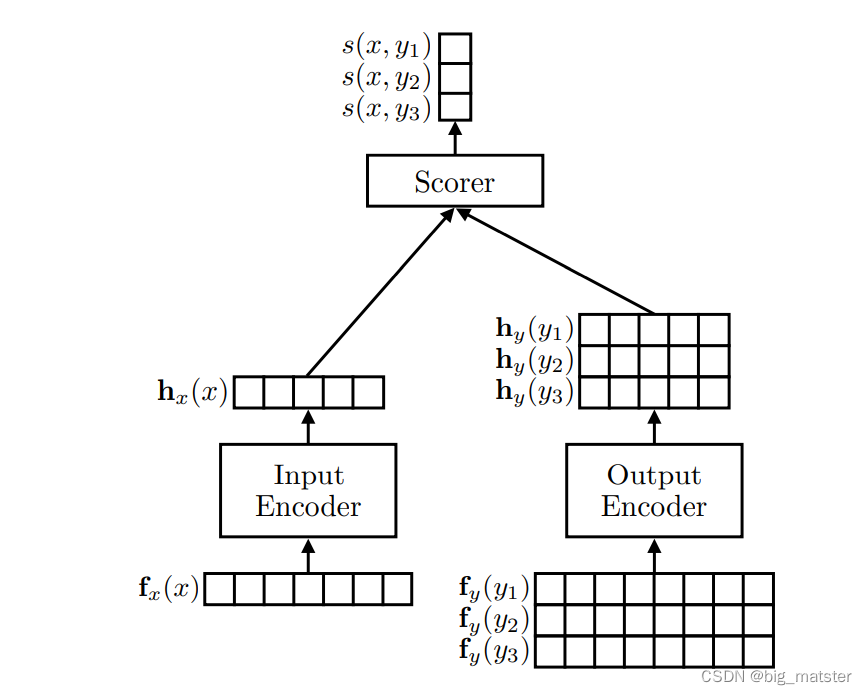
f
x
(
x
)
和
f
y
(
x
)
f_x(x) 和f_y(x)
fx(x)和fy(x)是属性。
h
x
h_x
hx and
h
y
h_y
hy 是密集嵌入。
- At test time, new classes can be scored along with classes observed during training.
得分函数

h
y
(
y
;
θ
y
,
f
y
)
h_y(y;\theta_y,f_y)
hy(y;θy,fy) 是类
y
y
y的嵌入。基于类属性
f
y
(
y
)
f_y(y)
fy(y)
θ
y
\theta_y
θy 是一系列所有类别的共享参数。
框架包含三个成分:
- an input encoder,
- an output encoder and
- a discriminator or scorer module
- 模块中的每一个都是充分可微的。系统能够使用反向传播进行端到端的训练。
Input Encoder
-
the attributes of an input utterance,: f x ( x ) f_x(x) fx(x)
-
a dense embedding h x ( x ) h_x(x) hx(x)
-
输入属性包含: all utterance-specific contextual features
-
use 300-dimensional pre-trained word embeddings
-
初始化:the lookup layer
This is followed by a mean pooling layer followed by an affine layer with a (tanh) nonlinear activation function -
s LSTM-based architectures
output Encoder
- the attributes of a candidate output class f y ( y ) f_y(y) fy(y)
- computes a dense embedding h y ( y ) h_y(y) hy(y)
- the output encoder is a 256-dimensional dense layer
each class y y y is a a natural language understanding (NLU) domain
为each domain y 我们提取以下属性: f y ( y ) f_y(y) fy(y)
-
Category metadata
Developer-provided metadata such as domain category -
Mean-pooled word embeddings
-
Gazetteer attributes:
We have a number of in-house gazetteers,
. Gazetteer-firing patterns are noisy, and
some gazetteers are badly constructed, so instead of using
raw matches against the gazetteers as feature values, we
normalize them by applying
applying TF-IDF
Scorer
产生输入和输出的相似性得分。
define the scorer as a vector dot product
替代方案:cosine distance、Euclidean distance、
as a trainable neural network in itself, jointly trained as part of the larger network
Learning and Inference
D t r a i n = { ( x i , y i ) } i = 1 N D^{train} = \left\{\begin{matrix}(x_i,y_i)\end{matrix}\right\}^N_{i = 1} Dtrain={(xi,yi)}i=1N
表示可以利用的训练数据
y
i
∈
y
t
r
a
i
n
任
意
:
i
y_i \in y^{train} 任意:i
yi∈ytrain任意:i
所谓的得分函数如上图所示:
we coulde define a probility distribution over the training classes
y
t
r
a
i
n
y^{train}
ytrain
using a softmax layer similiar to a maximum entropy model :
P
(
y
∣
x
)
=
exp
s
(
x
,
y
)
∑
y
^
∈
y
t
r
a
i
n
exp
s
(
x
,
y
^
)
P(y|x) = \frac{\exp s(x,y)}{\sum_{\hat{y} \in y^{train}}\exp s(x,\hat{y})}
P(y∣x)=∑y^∈ytrainexps(x,y^)exps(x,y)
通过最小化损失函数:a cross-entropy loss, 可以最优参数
θ
x
和
θ
y
\theta_x和\theta_y
θx和θy
the training classes
y
t
r
a
i
n
y^{train}
ytrain
the test classes
y
t
e
s
t
i
s
,
n
o
t
,
w
e
l
l
,
m
o
t
i
v
a
t
e
d
y^{test} is,not,well,motivated
ytestis,not,well,motivated
替代方案
- using an SVM-like margin-based objective function, popular in the information retrieval literature 最小化以下:
m i n θ x , θ y ∑ i = 1 N [ m a x y ≠ y i ( s ( x i , y i ) + γ − s ( x i , y i ) ) ] + \underset{\theta_x,\theta_y}{min}\sum^N_{i = 1}[\underset{y \not= y_i}{max}(s(x_i,y_i) + \gamma - s(x_i,y_i))]_{+} θx,θymini=1∑N[y=yimax(s(xi,yi)+γ−s(xi,yi))]+
在这里
[
x
]
+
[x]_{+}
[x]+ the hinge function
is equal to
x
x
x when
x
>
0
x >0
x>0 else 0
This objective function tries to maximize the margin between the correct class and all the other classes.
训练阶段
- sampling a random negative class label and maximizing the margin loss between that and the oracle true sample.
- each epoch of training,
- we perform
an inference step over the list of training classes and sample negative samples from that posterior distribution
- we perform
at the start of training
- the model chooses random output classses.
as training progresses
the model starts choosing the hardest,most confusable cases as negative samples.
Consistent with prior work
we find that this training strategy significantly speeds up convergence in training compared to purely random sampling, though sampling from the normalized output distribution adds a fixed time cost.
further more
maximizing the margin with the best incorrect class implies that the margin with other incorrect classes is maximized as well.
- the input feature representation: a feed-forward neural network.
- optimize this objective in an online fashion using any gradient descent method.比如:SGD
- 我们端到端的训练模型,使用 D r o p o u t Dropout Dropout。
- using Dropout [20] on both encoder networks with a dropout rate of 0.2

在这里
y
i
^
=
a
r
g
m
a
x
y
≠
y
i
s
(
x
i
,
y
\hat{y_i} = argmax_{y \not= y_i}s(x_i,y
yi^=argmaxy=yis(xi,y
the highest-scoring incorrect prediction under the current model)
y
i
y_i
yi denotes the ground truth .

(
x
i
,
y
i
)
(x_i,y_i)
(xi,yi) :the partial gradients during training
the input embedding
h
x
(
x
i
)
h_x(x_i)
hx(xi)
all the output embedding:
h
y
(
y
)
h_y(y)
hy(y)
resulting scores:
s
(
x
i
,
y
)
对
任
意
的
y
∈
y
t
r
a
i
n
s(x_i,y) 对任意的 y\in y^{train}
s(xi,y)对任意的y∈ytrain

使用公式5去计算得分函数更新参数的梯度。
测试阶段
我们给出一些测试例子:
D
t
e
s
t
=
{
(
x
i
,
y
i
)
}
i
=
1
N
^
D^{test} = \left\{\begin{matrix}(x_i,y_i)\end{matrix}\right\}^{\hat{N}}_{i = 1}
Dtest={(xi,yi)}i=1N^
在这里
y
i
∈
y
t
e
s
t
y_i \in y^{test}
yi∈ytest
我们计算
f
y
(
y
)
对
任
意
的
:
y
∈
y
t
e
s
t
f_y(y) 对任意的: y \in y^{test}
fy(y)对任意的:y∈ytest
我们按照以前的过程来计算所有测试类别的得分
y
t
e
s
t
y^{test}
ytest:
预测这个最佳类别:
arg max
y
∈
y
t
e
s
t
s
(
x
i
,
y
)
\argmax_{y \in y^{test}}s(x_i,y)
y∈ytestargmaxs(xi,y)
相关工作
- distributed representations for output classes 输出类别的分布式表示。
- error-correcting codes for classes 误差正确率代码。
- The
individual binary indicators in these error-correcting codes are generated randomly and does not carry any semantic meaning。
Many of the NLP problems can similarly be cast as attribute learning problems for better generalization and extending to novel classes.。
- an intriguing avenue for research on how to train networks to learning-to-learn from a few examples
实验
Baselines
- we also train a baseline model using k-nearest neighbors (k-NN) on domain embeddings。
- 另外一个baseline是一个生成式方法,通过验证这个问题:
P ( d o m a i n ∣ u t t e r a n c e ) ∝ P ( u t t e r a n c e ∣ d o m i a n ) × P ( d o m a i n ) P(domain | utterance) ∝ P(utterance | domian) \times P(domain) P(domain∣utterance)∝P(utterance∣domian)×P(domain) - build independent models P ( u t t e r a n c e ∣ d o m a i n ) P(utterance | domain) P(utterance∣domain)
- every domain and independently calculate domain priors.
以下,是我们列出的baselines methods。
. Naïve Bayes (Unigram)
P
(
u
t
t
e
r
a
n
c
e
∣
d
o
m
a
i
n
)
P(utterance | domain)
P(utterance∣domain)
Naïve Bayes model with features being word unigrams in the utterance.
Naïve Bayes (Unigram + Bigram)
- Same as above but word bigrams are added as features in addition to unigrams。
Language Model
A trigram language model is used per domain to model P ( u t t e r a n c e ∣ d o m a i n ) P(utterance | domain) P(utterance∣domain). Kneser-Ney smoothing for n-gram backoff has been applied.
Embeddings k-NN:
K-NN using intent embeddings from a classifier trained on data excluding the zero-shot partion
- a vocabulary size of 10,000 unique words 将其映射到 a special rare word token
- Each domain consists of multiple intents。
Intents can be seen as fine_grained domains themselves。 - they are more homogeneous and therefore easier to model.
实验步骤
- sample utterances: generated from the domain grammars provided by the developers
- better learn feature-attribute association weights.
- data from 1574 dmoains。
- we restrict ourselves to testing on 32 third-party domains。
测试集包含以三个部分: - Live + Generated (N=2814)
- Generated (N=3016)
- Zero-Shot Partition (N=2392)
the embeddings k-NN model was allowed to run on it, but not retrain its embedding model.
结果
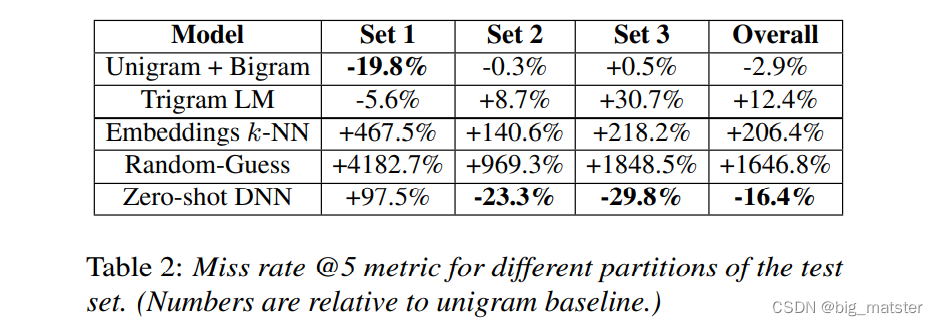
we also compared the zero-shot model to an n-gram based maximum entropy model baseline for intent classification within a domain.
结论和未来展望
- class attributes
- a generic framework for achieving zero-shot language understanding.
- a flexible neural network architecture
未来工作
- Future work can explore techniques that better map from feature spaces in one modality to another.: Compact Bilinear Pooling popularized by 9.
- incorporating syntactic information into the model via subword embeddings:18.
- replacing the dot product based scoring function with a learned model as has recently been popularized by adversarial methods 10.
- In the context of Spoken Language Understanding。we can
augment the encoders with context features and generalize them
to consume ASR lattices and developer grammars。
总结
代码运行的时候,会自己根据未来工作进行调试代码,然后会自己进行修改与整理。
会自己泛读论文,大致了解模型架构、创新ideas、未来展望、以及如何将未来展望带入模型进行调试,并用于自己的文章中。并不断探索新的阅读方法,阅读套路。
不断的探索,加快文章的阅读。会自己琢磨透彻,琢磨精髓,
总结
论文学习方法。读论文期间会了解模型架构以及公式推导。以及创新点都行啦,根本不需要逐字逐句的读,然后开始亚尼据其他的样子都行啦的回事与打算。还有基准模型,然后跑代码,了解代码架构都行啦。其他的不重要,学会慢慢的将其高完整。会自己略读都行啦的理由与打算


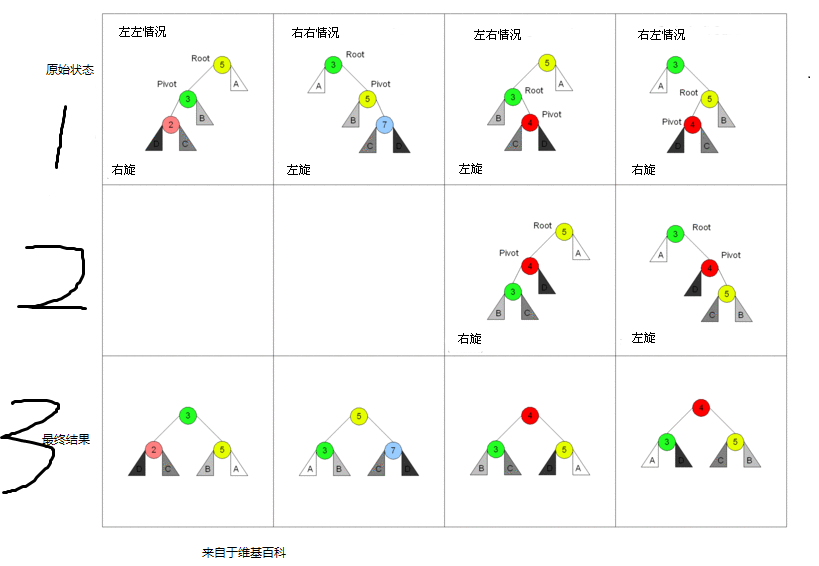



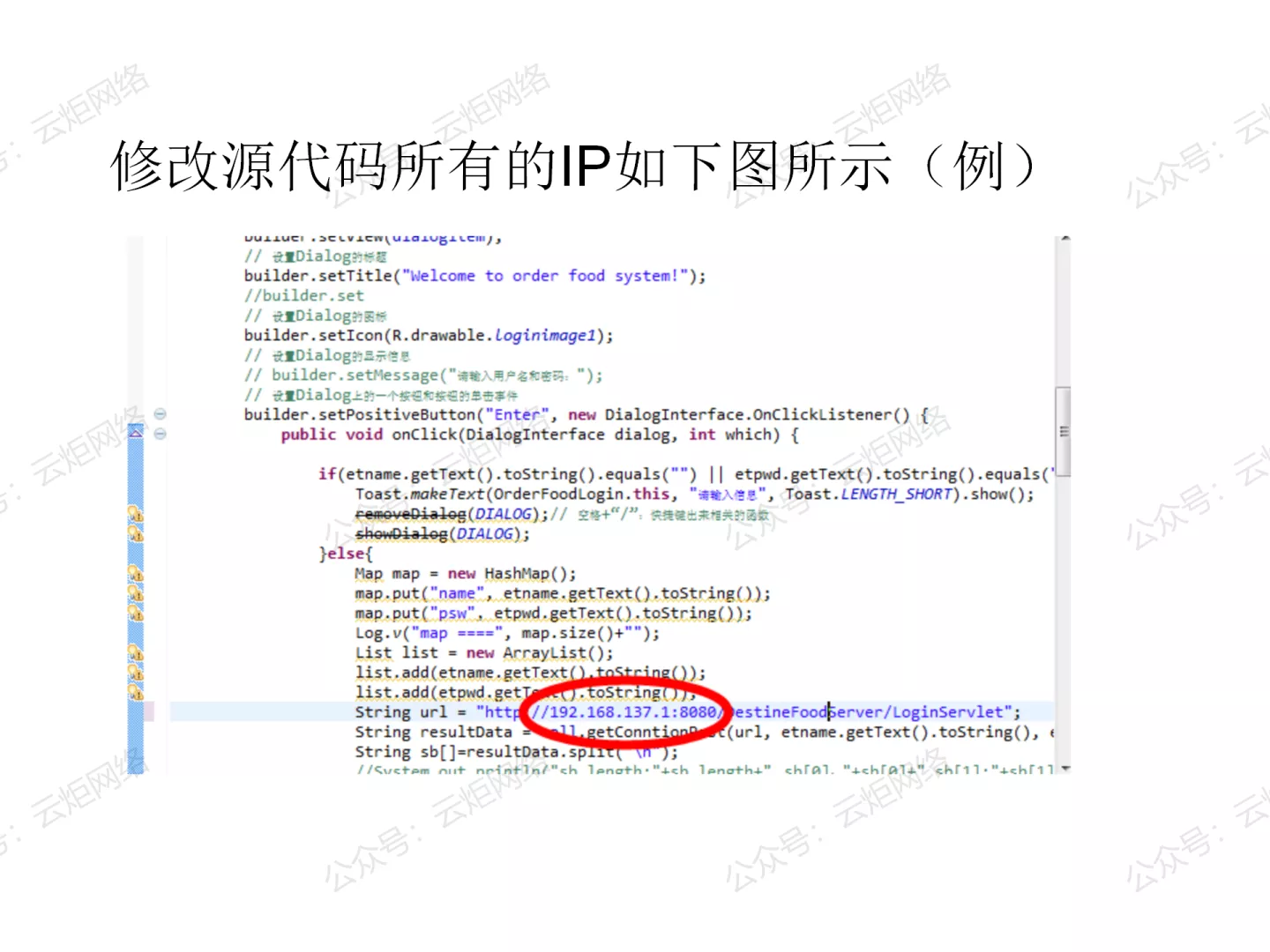

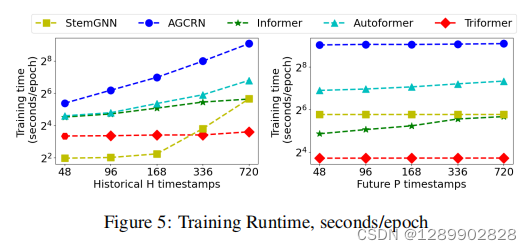
![[附源码]计算机毕业设计基于JEE平台springbt技术的订餐系统Springboot程序](https://img-blog.csdnimg.cn/7a2bf676d98443b8a8a3ba586da9412a.png)




